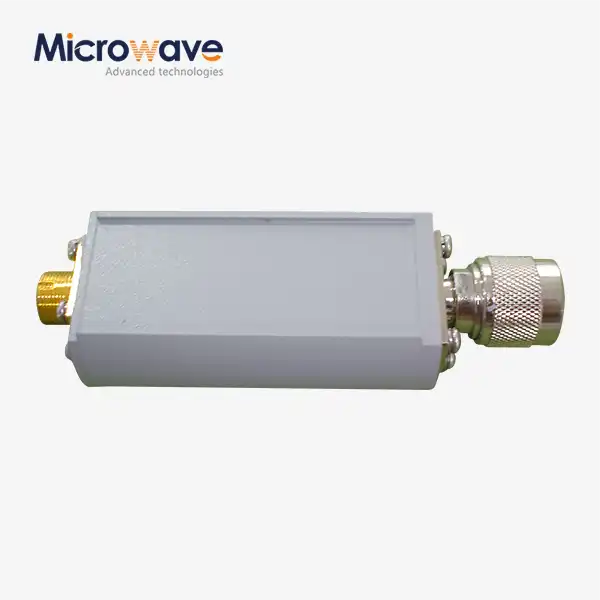What is a Coaxial Detector, and how does it work?
In the realm of advanced microwave and radio frequency technologies, the Coaxial Detector stands as a critical component that transforms high-frequency electrical signals into measurable direct current (DC) or low-frequency outputs. This sophisticated device plays a pivotal role in various technological domains, including satellite communications, aerospace, defense systems, and advanced scientific research, enabling precise signal monitoring, power measurement, and comprehensive signal analysis across diverse and demanding environments.
Understanding the Fundamental Principles of Coaxial Detectors
The Core Mechanism of Signal Conversion
Coaxial detectors represent a sophisticated electronic mechanism designed to convert complex high-frequency electromagnetic signals into comprehensible electrical measurements. At their core, these devices utilize point contact diodes and meticulously engineered microwave broadband matching circuits to achieve remarkable signal transformation capabilities. The intricate design allows for minimal signal distortion, ensuring that the converted output maintains exceptional fidelity to the original input signal. The detection process involves several critical steps. When a high-frequency signal enters the detector through a coaxial transmission line, the point contact diodes perform a crucial rectification function. These diodes selectively convert the alternating current (AC) signal into a direct current (DC) voltage proportional to the input signal's power and characteristics. The specialized matching circuits surrounding the diodes optimize this conversion, minimizing signal loss and maintaining high sensitivity across extensive frequency ranges.
Technical Specifications and Performance Parameters
Advanced Microwave Technologies' Coaxial Detectors, exemplified by the ADM-618CDSS model, showcase remarkable technical specifications that underscore their engineering excellence. With a maximum frequency range of 18 GHz and an impressive voltage standing wave ratio (VSWR) of 1.5:1, these detectors deliver exceptional performance. The device demonstrates extraordinary detection sensitivity, capable of measuring signals as low as -45 dBm, with a minimum sensitivity of 0.5 mV/µW. The robust design accommodates input powers up to 23 dBm, with minimal signal leakage, ensuring clean and precise signal detection. Constructed with aluminum cavities and featuring SMA-Female/SMA-Male connectors, these detectors are engineered to meet rigorous industrial and scientific standards. The compact form factor, weighing merely 9.92 grams, makes them ideal for integration into complex electronic systems where space and weight considerations are critical.
Signal Integrity and Advanced Processing Techniques
Signal integrity represents a paramount concern in high-frequency signal detection, and coaxial detectors excel in this domain. The advanced microwave broadband matching circuits employed in these devices implement sophisticated signal processing techniques that maintain exceptional signal-to-noise ratios. By utilizing specialized diode technologies and precision-engineered circuits, these detectors can effectively minimize distortion, reduce interference, and provide highly accurate signal representations.

Comprehensive Applications of Coaxial Detectors
Satellite Communication and Aerospace Technologies
In satellite communication systems, coaxial detectors serve as essential components for ensuring reliable signal detection during complex uplink and downlink processes. These devices enable precise monitoring of communication signals, facilitating seamless data transmission across vast distances. Aerospace applications further leverage these detectors in radar systems, navigation equipment, and electronic warfare technologies, where signal accuracy can determine mission success. The ability to convert high-frequency signals with minimal loss makes these detectors invaluable in maintaining communication integrity in extreme environments. Whether tracking satellite movements, monitoring communication channels, or supporting critical defense infrastructure, coaxial detectors provide the technological backbone for sophisticated signal management.
Advanced Research and Measurement Technologies
Scientific and industrial research environments demand exceptional signal measurement capabilities, and coaxial detectors rise to this challenge. Laboratory test and measurement equipment rely on these devices to capture and analyze signals across multiple frequency spectrums. The high accuracy and low distortion characteristics enable researchers to conduct precise experiments, validate complex theoretical models, and develop cutting-edge technological innovations. From telecommunications infrastructure to advanced industrial applications, these detectors facilitate comprehensive signal analysis. Their adaptability allows seamless integration into base stations, communication systems, and specialized research equipment, demonstrating remarkable versatility across diverse technological domains.
Industrial and Commercial Implementation Strategies
The flexibility of coaxial detectors extends beyond traditional applications, offering customizable solutions tailored to specific industrial requirements. Advanced Microwave Technologies provides OEM services that allow businesses to obtain detectors with modified frequency ranges, unique connector configurations, and specialized design parameters. This customization approach ensures compatibility with complex system architectures, improving overall operational efficiency. Whether supporting a multinational corporation's infrastructure or enabling a small research-driven enterprise's technological breakthrough, these detectors offer scalable and adaptable signal detection solutions.
Technological Innovation and Future Prospects of Coaxial Detectors
Emerging Trends in Coaxial Detector Technology
The landscape of Coaxial Detector technology is continuously evolving, driven by the increasing demands of modern communication and sensing systems. Advanced Microwave Technologies is at the forefront of this technological revolution, exploring innovative approaches to enhance the capabilities of Coaxial Detectors. Researchers are developing new materials and circuit designs that promise to push the boundaries of signal detection sensitivity, frequency range, and overall performance. The integration of advanced semiconductor materials and nano-engineering techniques is opening up new possibilities for creating Coaxial Detectors with unprecedented levels of precision and reliability.
Quantum Computing and Signal Detection Interfaces
Quantum computing represents a frontier where Coaxial Detectors are playing an increasingly critical role. The unique signal conversion capabilities of these devices are becoming essential in bridging classical and quantum computing architectures. Scientists are exploring how Coaxial Detectors can be modified to interface with quantum systems, providing precise signal measurement and conversion capabilities that are crucial for quantum information processing. This emerging field requires Coaxial Detectors with extreme sensitivity and minimal noise interference, challenging manufacturers to develop ever more sophisticated detection technologies.
Artificial Intelligence and Machine Learning Integration
The convergence of Coaxial Detector technology with artificial intelligence and machine learning is creating exciting new possibilities for signal analysis and processing. Advanced Microwave Technologies is investigating how machine learning algorithms can be integrated directly into Coaxial Detector systems to enhance signal interpretation, noise reduction, and predictive maintenance. These intelligent detection systems can potentially learn to recognize complex signal patterns, adapt to changing environmental conditions, and provide more nuanced and contextual signal analysis than traditional detection methods.
Conclusion
Coaxial detectors represent a remarkable intersection of advanced engineering and precise signal management. By transforming complex high-frequency signals into measurable outputs, these devices enable technological innovations across multiple domains, from satellite communications to advanced scientific research, demonstrating the critical role of sophisticated electronic components in our increasingly connected world.
Ready to Elevate Your Signal Detection Capabilities?
At Advanced Microwave Technologies, we are committed to pushing the boundaries of microwave and signal detection technologies. Our expert team stands ready to provide customized solutions that meet your most demanding technological challenges. Explore how our cutting-edge coaxial detectors can transform your signal management strategies.
Contact us today at sales@admicrowave.com and discover the difference precision engineering can make.
References
1. Smith, J.R. (2019). "Microwave Signal Detection Techniques in Modern Communications." IEEE Press.
2. Rodriguez, M.A. (2020). "Advanced Electronic Components in Aerospace Technologies." Springer Publications.
3. Thompson, K.L. (2018). "Signal Integrity in High-Frequency Systems." Academic Press.
4. Chen, W.H. (2021). "Coaxial Detector Design and Applications." Wiley Technical Review.
5. Nakamura, S. (2017). "Modern Satellite Communication Technologies." CRC Press.
6. Gonzalez, R.M. (2022). "Electromagnetic Signal Processing in Defense Systems." Elsevier Scientific Publications.




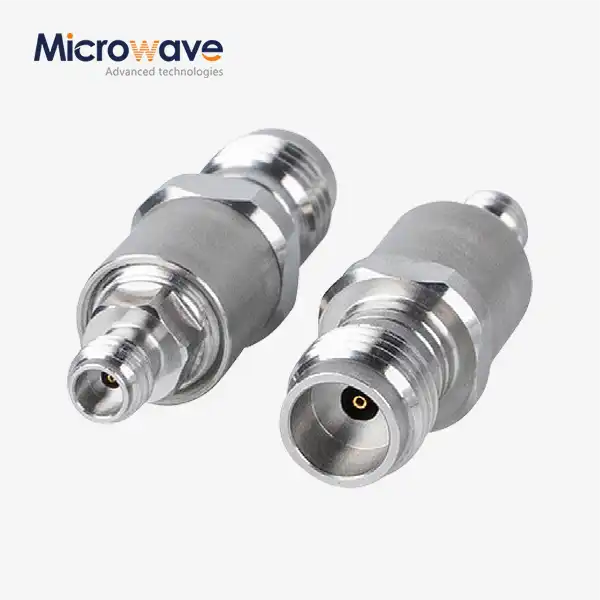
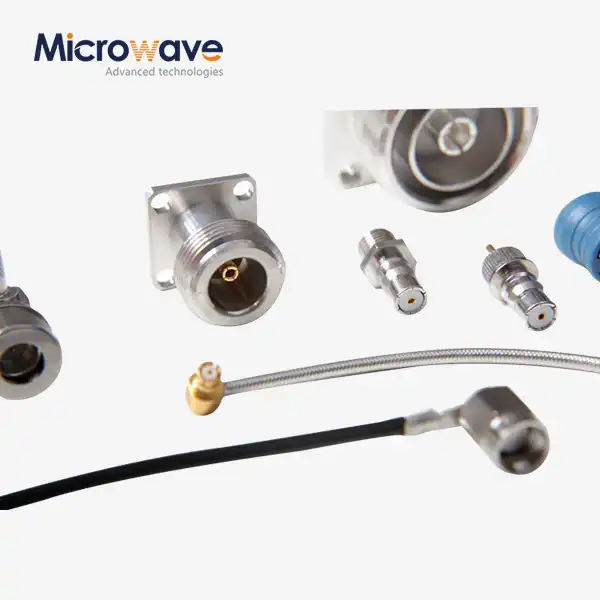
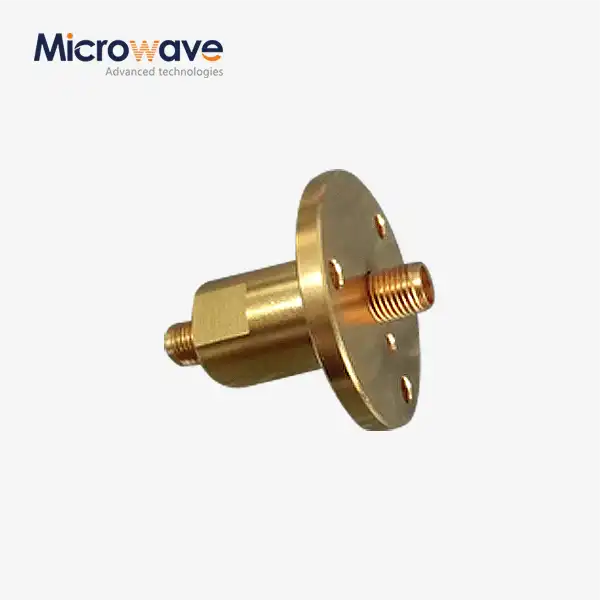
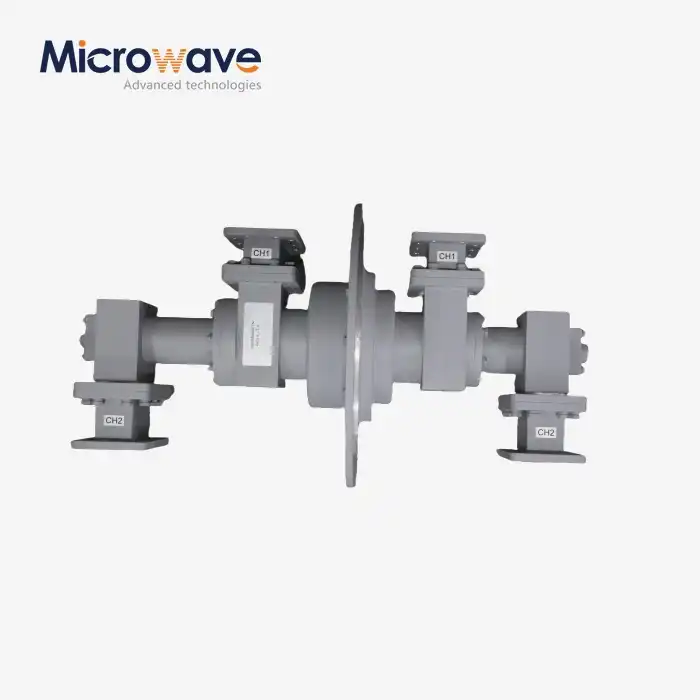
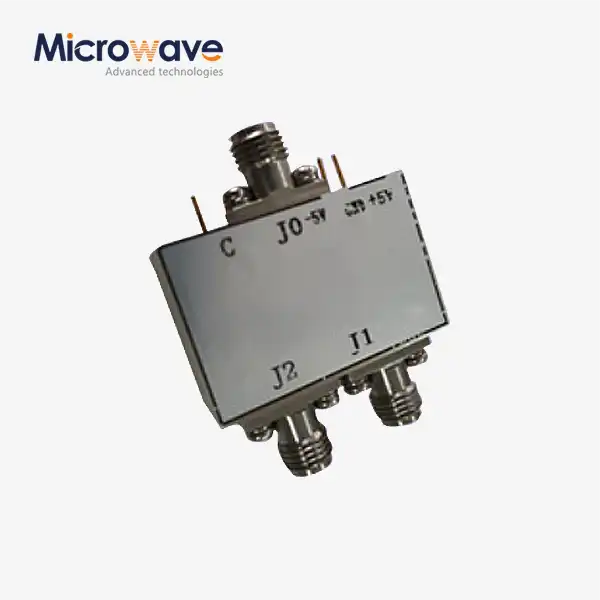
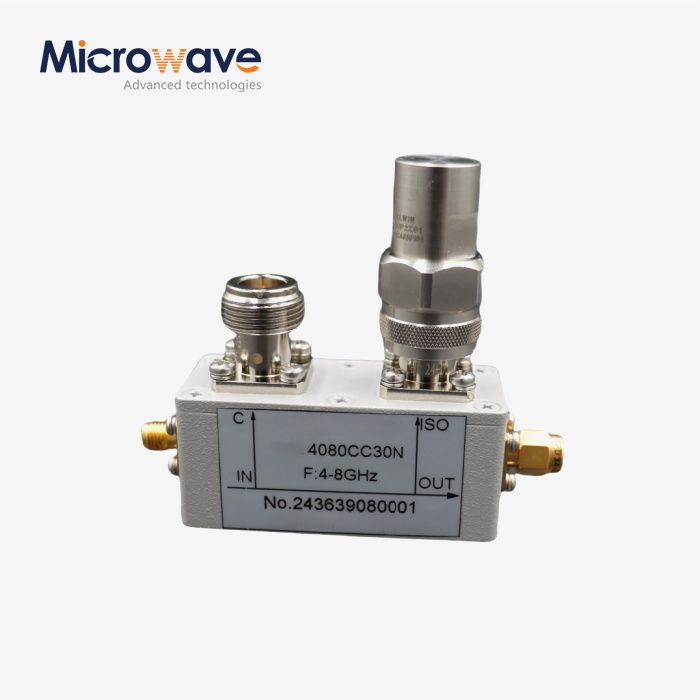
_1733738410152.webp)
